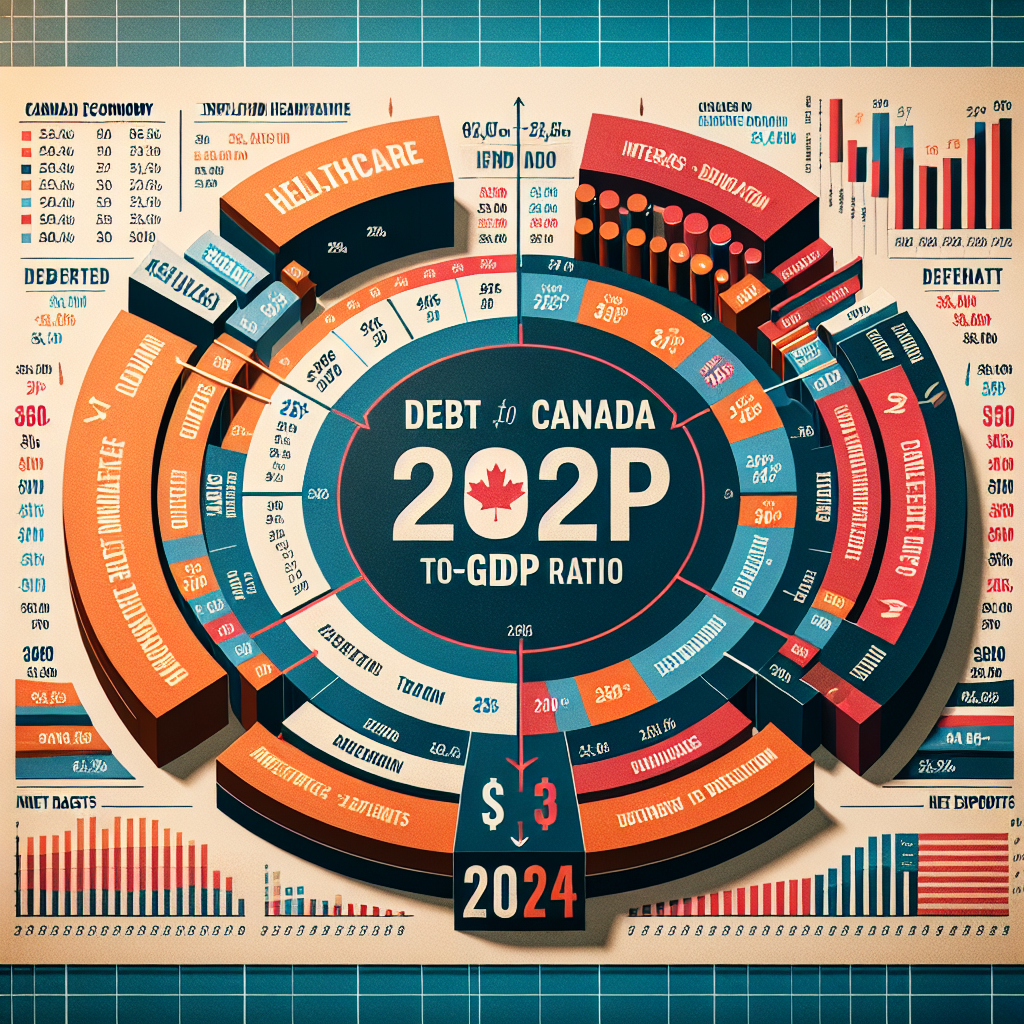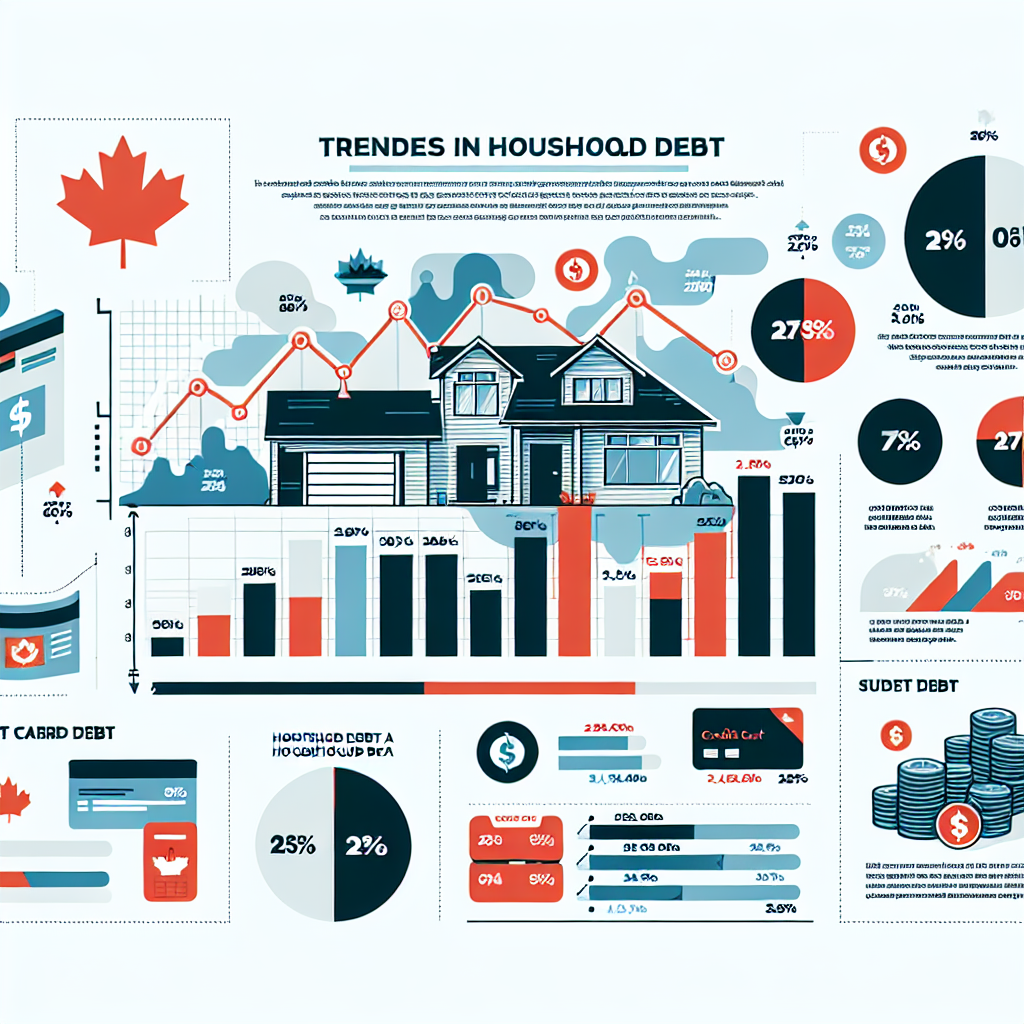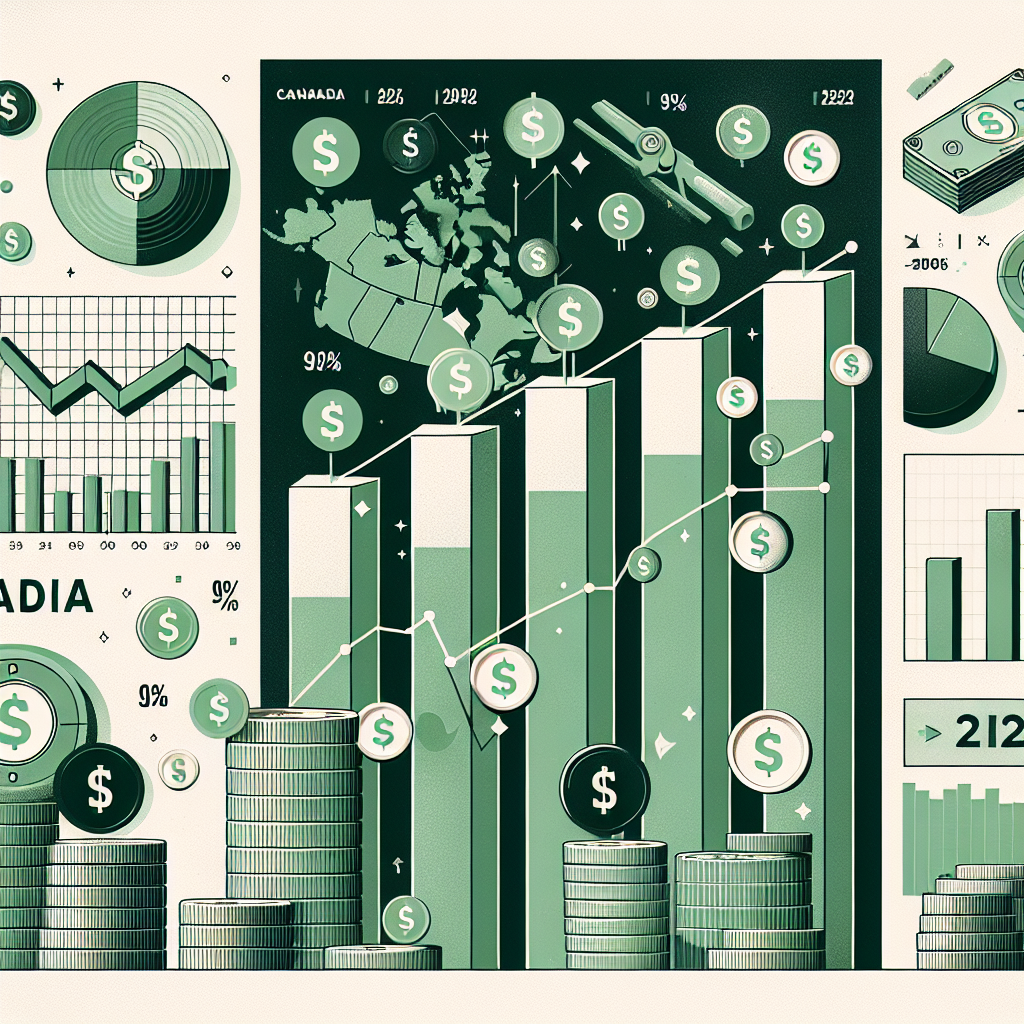In 2024, Canada’s debt-to-GDP ratio is a pivotal metric that reflects the country’s economic health and fiscal sustainability. The rising levels of national debt can evoke anxiety among citizens and investors alike, but understanding the nuances behind this ratio can empower individuals and businesses to make informed decisions. As we delve into Canada’s current debt-to-GDP landscape and explore the factors influencing its trends, you’ll gain insights that can help mitigate concerns and prepare for the future.
Understanding Canada’s Current Debt-to-GDP Landscape in 2024
As of 2024, Canada’s debt-to-GDP ratio stands at a significant level, driven by a combination of historical spending patterns and recent economic stimuli. Currently, the ratio hovers around 70%, which, while high, reflects a complex interplay of economic growth, government borrowing, and global economic conditions. This figure is crucial for understanding how sustainable Canada’s fiscal policies are, especially in light of recent challenges such as inflation, interest rate fluctuations, and the lingering effects of the global pandemic.
The debt-to-GDP ratio serves as a benchmark for assessing the country’s ability to manage its debts effectively while fostering economic growth. For context, a higher ratio can signal increased risk to investors and a potential slowdown in economic growth, as more resources may need to be allocated to servicing debt rather than funding critical public services or stimulating economic activity. In 2024, the Canadian government has maintained a delicate balance, attempting to keep its fiscal house in order while ensuring that essential services remain funded and the economy can rebound from recent downturns.
Monitoring this ratio not only affects government policy but also influences the public perception of Canada’s economic stability. As debt levels grow, so does scrutiny from analysts and citizens alike, emphasizing the need for transparent communication around fiscal policies. The government’s strategies for maintaining or reducing this ratio in coming years will be paramount not just for economic recovery, but also for fostering public confidence in the nation’s financial future.
Key Factors Influencing Debt-to-GDP Trends in Canada
Several influential factors are shaping the trajectory of Canada’s debt-to-GDP ratio. First and foremost is the ongoing impact of interest rates. As the Bank of Canada navigates inflationary pressures, any increases in interest rates can lead to higher costs of borrowing for the government. With significant portions of the national debt tied to variable rates, even modest increases can escalate debt servicing costs, impacting the overall fiscal picture and potentially leading to a higher debt-to-GDP ratio if economic growth does not keep pace.
Another critical element is government spending patterns, particularly in response to economic challenges. The COVID-19 pandemic saw unprecedented levels of government spending aimed at supporting individuals and businesses during lockdowns. This approach, while necessary, has resulted in a spike in national debt. As Canada transitions into a post-pandemic era, it will be imperative for policymakers to strike a balance between continued support for economic recovery and prudent spending to manage the debt effectively.
Lastly, economic growth remains a key player in determining the debt-to-GDP ratio. The Canadian economy has shown signs of resilience, with sectors such as technology and renewable energy expanding. However, external factors, including global supply chain disruptions and geopolitical tensions, may hinder growth. A robust economic recovery will be essential to reducing the debt-to-GDP ratio, as increased GDP can help absorb the existing debt burden.
Understanding these key factors provides a comprehensive view of the landscape surrounding Canada’s debt-to-GDP ratio in 2024. Stakeholders must remain vigilant as shifts in interest rates, government spending, and economic growth can dramatically alter the fiscal narrative.
In conclusion, as we analyze Canada’s debt-to-GDP ratio in 2024, it is crucial to recognize the multifaceted influences that govern this important economic indicator. By staying informed on how interest rates, government fiscal policies, and economic growth interact, individuals and businesses can better navigate the uncertainties of the financial landscape. As Canada continues to adapt to both domestic and global challenges, proactive engagement with these insights will empower stakeholders to make well-informed decisions about their financial futures. For those keen to dive deeper into the intricacies of Canada’s economic strategies, continuous learning and monitoring will be invaluable.
Analyzing the Impact of Inflation on Canadian Debt in 20242024 Outlook: Debt Servicing Costs for Canadian HouseholdsAnalyzing Corporate Debt Trends in Canada: 2024 InsightsRelevant LinkRelevant LinkRelevant Link



